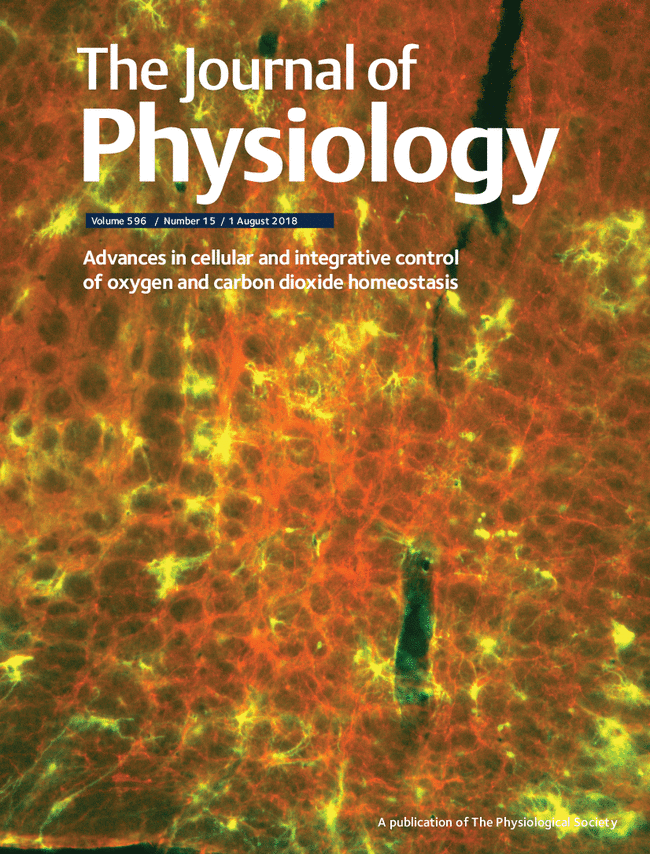
Hypercapnia-induced active expiration increases in sleep and enhances ventilation in unanaesthetized rats
Authors: Isabela P. Leirão, Carlos A. Silva Jr, Luciane H. Gargaglioni, Glauber S. F. da Silva
Department of Animal Morphology and Physiology, College of Agricultural and Veterinary Sciences, S˜ao Paulo State University (FCAV-UNESP), Jaboticabal, SP, Brazil
Published in The Journal of Physiology, August 2017
Key points
- Expiratory muscles (abdominal and thoracic) can be recruited when respiratory drive increases under conditions of increased respiratory demand such as hypercapnia
- Studying hypercapnia‐induced active expiration in unanaesthetized rats importantly contributes to the understanding of how the control system is integrated in vivo in freely moving animals.
- In unanaesthetized rats, hypercapnia‐induced active expiration was not always recruited either in wakefulness or in sleep, suggesting that additional factors influence the recruitment of active expiration.
- The pattern of abdominal muscle recruitment varied in a state‐dependent manner with active expiration being more predominant in the sleep state than in quiet wakefulness.
- Pulmonary ventilation was enhanced in periods with active expiration compared to periods without it.
